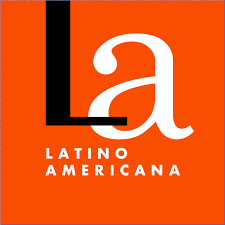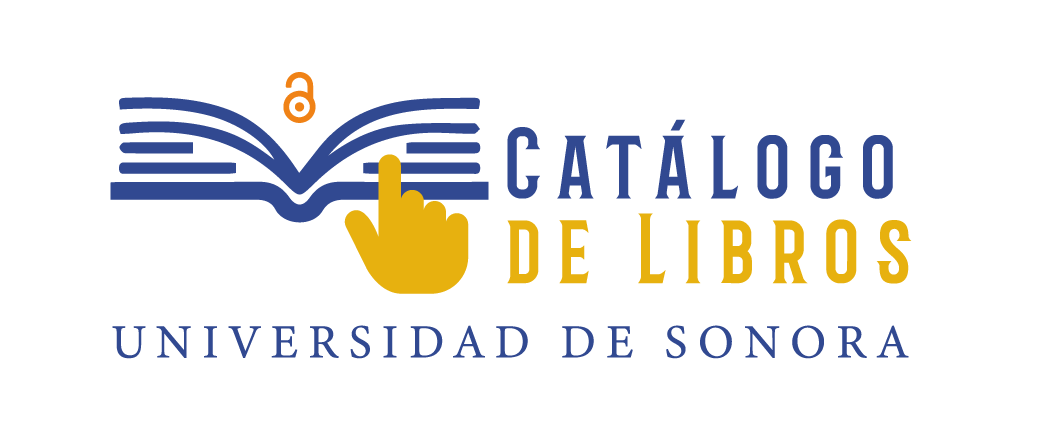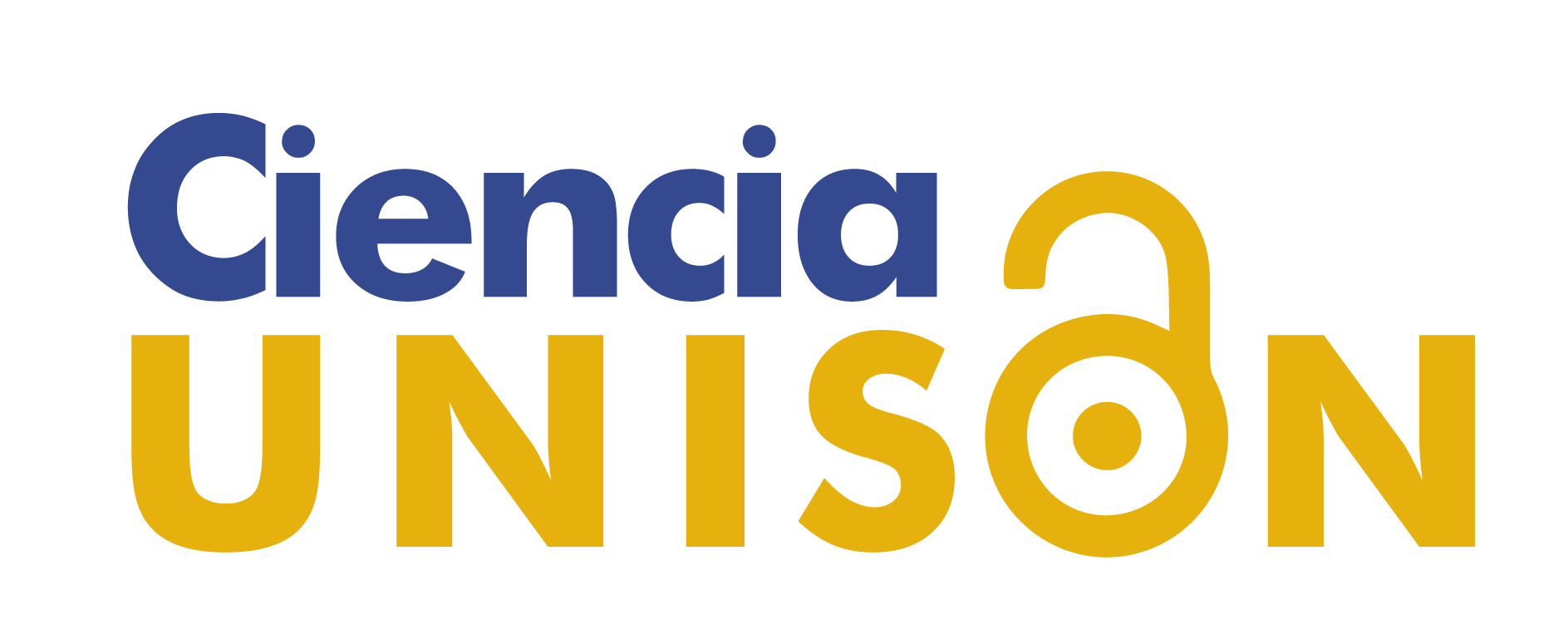MICROALGAS MARINAS: UNA FUENTE DE POLISACÁRIDOS CON PROPIEDADES BIOACTIVAS
MICROALGAS MARINAS Y SUS POLISACÁRIDOS BIOACTIVOS
DOI:
https://doi.org/10.46588/invurnus.v18i1.91Resumen
La información presentada en este artículo de divulgación científica muestra como diversas algas marinas producen distintos compuestos bioactivos, entre ellos los polisacáridos, los cuales tienen propiedades antioxidantes, antivíricas, antiinflamatorias, anticancerígenas, entre otras. La parte central de esta contribución se enfoca en informar acerca de la importancia de las microalgas marinas como una fuente valiosa de polisacáridos que han generado gran interés por sus propiedades bioactivas. Cabe resaltar que, a pesar de su reconocida relevancia, las microalgas marinas han sido prácticamente inexploradas en relación con las macroalgas marinas. Este artículo describe de una forma resumida y clara las características, las propiedades bioactivas y el potencial de aplicación de los polisacáridos de las microalgas marinas.
Descargas
Citas
Alipour L, Hamamoto M, Nakashima S, Harui R, Furiki M, Oku O. 2016. Infrared microspectroscopy of bionanomaterials (diatoms) with careful evaluation of void effects. Appl. Spectrosc. 70(3): 427-442.
Beaumont M, Tran R, Vera G, Niedrist D, Rousset A, Pierre R, Shastri P, Forget A. 2021. Hydrogel-forming algae polysaccharides: From seaweed to biomedical applications. Biomacromolecules. 22(3):1027-1052.
Brasil BD, de Siqueira FG, Salum TFC, Zanette CM, Spier MR. 2017. Microalgae and cyanobacteria as enzyme biofactories. Algal Res. 25: 76-89.
Brzozowska W, Sprynskyy M, Wojtczak I, Dąbek P, Witkowski A, Buszewski B. 2020. “Outsourcing” Diatoms in Fabrication of Metal-Doped 3D Biosilica. Materials. 13: 2576.
Buendía-Flores M, Tavera R, Novelo E. 2015. Florística y ecología de diatomeas bentónicas de la zona lacustre de Xochimilco-Tláhuac, México. Bot. Sci. 93(3): 531-558.
Cardozo KH, Guaratini T, Barros MP, Falcão VR, Tonon AP, Lopes NP, Campos S, Torres MA, Souza AO, Colepicolo P. 2007. Metabolites from algae with economical impact. Comp. Biochem. Physiol. 146: 60–78.
Decho AW. 1990. Microbial exopolymer secretions in ocean environments: their roles in food webs and marine processes. Oceanogr. Mar. Biol: An Ann Rev. 28(7): 73-153.
Delattre C, Pierre G, Laroche C, Michaud P. 2016. Production, extraction and characterization of microalgal and cyanobacterial exopolysaccharides. Biotechnol. Adv. 34(7): 1159-1179.
FAO. 2012 Fishery Statistical Collections. Global Aquaculture Production. http://www.fao.org/fishery/statistics/global-aquaculture-production/en. Accesado el 3 de diciembre de 2021.
Fimbres-Olivarria D, Carvajal-Millan E, Lopez-Elias JA, Martinez-Robinson KG, Miranda-Baeza A, Martinez-Cordova LR, Enriquez-Ocaña F, Valdez-Holguin JE. 2018. Chemical characterization and antioxidant activity of sulfated polysaccharides from Navicula sp. Food Hydrocoll. 75: 229–236.
Fimbres-Olivarría D, López-Elías JA, Carvajal-Millan E, Márquez-Escalante JA, Martínez-Córdova LR, Miranda-Baeza A, Enríquez-Ocaña F, Valdéz-Holguín JE, Brown-Bojórquez F. 2016. Navicula sp. Sulfated Polysaccharide Gels Induced by Fe(III): Rheology and Microstructure. Int. J. Mol. Sci. 17: 1238.
Geresh S, Mamontov A, Weinstein J. 2002. Sulfation of extracellular polysaccharides of red microalgae: preparation, characterization and properties. J. Biochem. Biophys. Methods. 50(2-3): 179-187.
Glicksman M. 1987. Utilization of seaweed hydrocolloids in the food industry. Hydrobiologia 151: 31–47.
Gügi B, Le Costaouec T, Burel C, Lerouge P, Helbert W, Bardor, M. 2015. Diatom-specific oligosaccharide and polysaccharide structures help to unravel biosynthetic capabilities in diatoms. Mar. Drugs, 13(9): 5993-6018.
Hamed I, Özogul F, Özogul Y, Regenstein JM. 2015. Marine Bioactive Compounds and Their Health Benefits: A Review: Importance of functional seafood. Compr. Rev. Food Sci. Food Saf. 14(4): 446-465.
Hildebrand M, Manandhar-Shrestha K, Abbriano R. 2017. Effects of chrysolaminarin synthase knockdown in the diatom Thalassiosira pseudonana: Implications of reduced carbohydrate storage relative to green algae. Algal Res. 23: 66-77.
John BDM. 1994. Alternation of generations in algae: its complexity, maintenance and evolution. Biol. Rev. 69(3): 275-291.
Khan T, Date A, Chawda H, Patel K. 2019. Polysaccharides as potential anticancer agents—A review of their progress. Carbohydr. Polym. 210: 412-428.
Kraan S. 2012. Algal Polysaccharides, Novel Applications and Outlook. En C. F. Chang (Ed.), Carbohydrates Comprehensive Studies on Glycobiology and Glycotechnology. InTechOpen, Londres, 489 pp.
Le Costaouëc T, Unamunzaga C, Mantecon L, Helbert W. 2017. New structural insights into the cell-wall polysaccharide of the diatom Phaeodactylum tricornutum. Algal Res. 26: 172-179.
Lordan S, Ross RP, Stanton C. 2011. Marine bioactives as functional food ingredients: potential to reduce the incidence of chronic diseases. Mar. Drugs. 9(6): 1056-1100.
Miranda-Arizmendi V, Fimbres-Olivarria D, Miranda-Baeza A, Martínez-Robinson K, Rascón-Chu A, De Anda-Flores Y, Lizardi-Mendoza J, Mendez-Encinas MA, Brown-Bojorquez F, Canett-Romero R, Carvajal-Millan E. 2022. Sulfated Polysaccharides from Chaetoceros muelleri: Macromolecular Characteristics and Bioactive Properties. Biology. 11, (10):1476.
Norton TA, Melkonian M, Andersen RA. 1996. Algal biodiversity. Phycologia. 35(4): 308-326.
Ntie-Kang F, Svozil D. 2020. An enumeration of natural products from microbial, marine and terrestrial sources. Phys. Sci. Rev. 5(8): 20180121.
O’Sullivan L, Murphy B, McLoughlin P, Duggan P, Lawlor PG, Hughes H, Gardiner, GE. 2010. Prebiotics from marine macroalgae for human and animal health applications. Mar. Drugs. 8(7): 2038-2064.
Pangestuti R, Kim SK. 2014. Biological Activities of Carrageenan. Adv. Food Nutr. Res. 72: 113-124.
Prybylski N, Toucheteau C, Alaoui HE, Bridiau N, Maugard T, Abdelkafi S, Fendri I, Delattre C, Dubessay P, Pierre G, Michaud P. 2020. Bioactive polysaccharides from microalgae Ch. 20 in Handbook of Microalgae-Based Processes and Products. E Jacob-Lopes, M Manzoni Maroneze, MI Queiroz, L Queiroz Zepka (Eds.), p. 533-571. Academic Press, Inc., New York.
Raposo MF, De Morais AMB, De Morais RMSC. 2015. Marine polysaccharides from algae with potential biomedical applications. Mar. Drugs. 13(5): 2967-3028.
Raposo M, De Morais R, Bernardo de Morais A. 2013. Bioactivity and Applications of Sulphated Polysaccharides from Marine Microalgae. Mar. Drugs. 11(1): 233-252.
Rengasamy K R, Kulkarni MG, Stirk WA, Van Staden J. 2014. Advances in algal drug research with emphasis on enzyme inhibitors. Biotechnol. Adv. 32(8): 1364-1381.
Rengasamy KR, Mahomoodally MF, Aumeeruddy MZ, Zengin G, Xiao J, Kim DH. 2020. Bioactive compounds in seaweeds: An overview of their biological properties and safety. Food Chem. Toxicol. 135: 111013.
Running, C.A. Falshaw, R. y Janaswamy, S. 2012. Trivalent iron induced gelation in lambda-carrageenan. Carbohydr. Polym. 87(4):2735-2739.
Shniukova Burge D, Edlund M. 2017. Chaetoceros muelleri. In Diatoms of North America. Recuperado de https://diatoms.org/species/chaetoceros_muelleri.
Singh J, Saxena RC. 2015. An introduction to microalgae: diversity and significance. In Handbook of marine microalgae: biotechnology advances. SK Kim (Ed.). Academic Press. Amsterdam.11-24 pp.
Sun T, Tao H, Xie J, Zhang S, Xu X. 2010. Degradation and antioxidant activity of k-carrageenans. J App. Polym. Sci. 117: 194–199.
Tang DYY, Khoo KS, Chew KW, Tao Y, Ho SH, Show PL. 2020. Potential utilization of bioproducts from microalgae for the quality enhancement of natural products. Bioresour. Technol. 304: 122997.
Tanna, B., Mishra, A. 2019. Nutraceutical potential of seaweed polysaccharides: Structure, bioactivity, safety, and toxicity. Comprehensive Reviews in Food Science and Food Safety, 18(3), 817-831.
Tseng CK. 2001. Algal biotechnology industries and research activities in China. J. App. Phycol. 13(4): 375-380.
Underwood GJ, Paterson DM. 2003. The importance of extracellular carbohydrate production by marine epipelic diatoms. Adv. Bot. Res. 40: 183-240.
Van den Hoek C, Mann DG, Jahns HM. 1995. Algae: An Introduction to Phycology. Cambridge University Press, Cambridge.
Venugopal V. 2008. Marine Products for Healthcare: Functional and Bioactive Nutraceutical Compounds from the Ocean, CRC Press and Taylor & Francis Group. Boca Raton, Florida. pp.
Vuppaladadiyam AK, Prinsen P, Raheem A, Luque R, Zhao M. 2018. Microalgae cultivation and metabolites production: a comprehensive review. Biofuels, Bioprod. Biorefin. 12(2): 304-324.
Wang L, Cao J, Shi Z, Fan W, Liu H, Deng J, Deng J. 2018. Experimental study on the neurotoxic effect of β-amyloid on the cytoskeleton of PC12 cells. Int. J. Mol. Med. 41(5): 2764-2770.
Wijesekara I, Pangestuti R, Kim SK. 2011. Biological activities and potential health benefits of sulfated polysaccharides derived from marine algae. Carbohydr. Polym. 84:14–21.
Yi T, Shan Y, Huang B, Tang T, Wei W, Quinn NW. 2020. An efficient Chlorella sp.-Cupriavidus necator microcosm for phenol degradation and its cooperation mechanism. Sci. Total Environ. 743, 140775.
Zaporozhets TS, Besednova NN, Kuznetsova TA, Zvyagintseva TN, Makarenkova ID, Kryzhanovsky SP, Melnikov VG. 2014. The prebiotic potential of polysaccharides and extracts of seaweeds. Russ. J. Mar. Biol. 40(1): 1-9.
Descargas
Publicado
Cómo citar
Número
Sección
Licencia
Derechos de autor 2023

Esta obra está bajo una licencia internacional Creative Commons Atribución-NoComercial 4.0.













